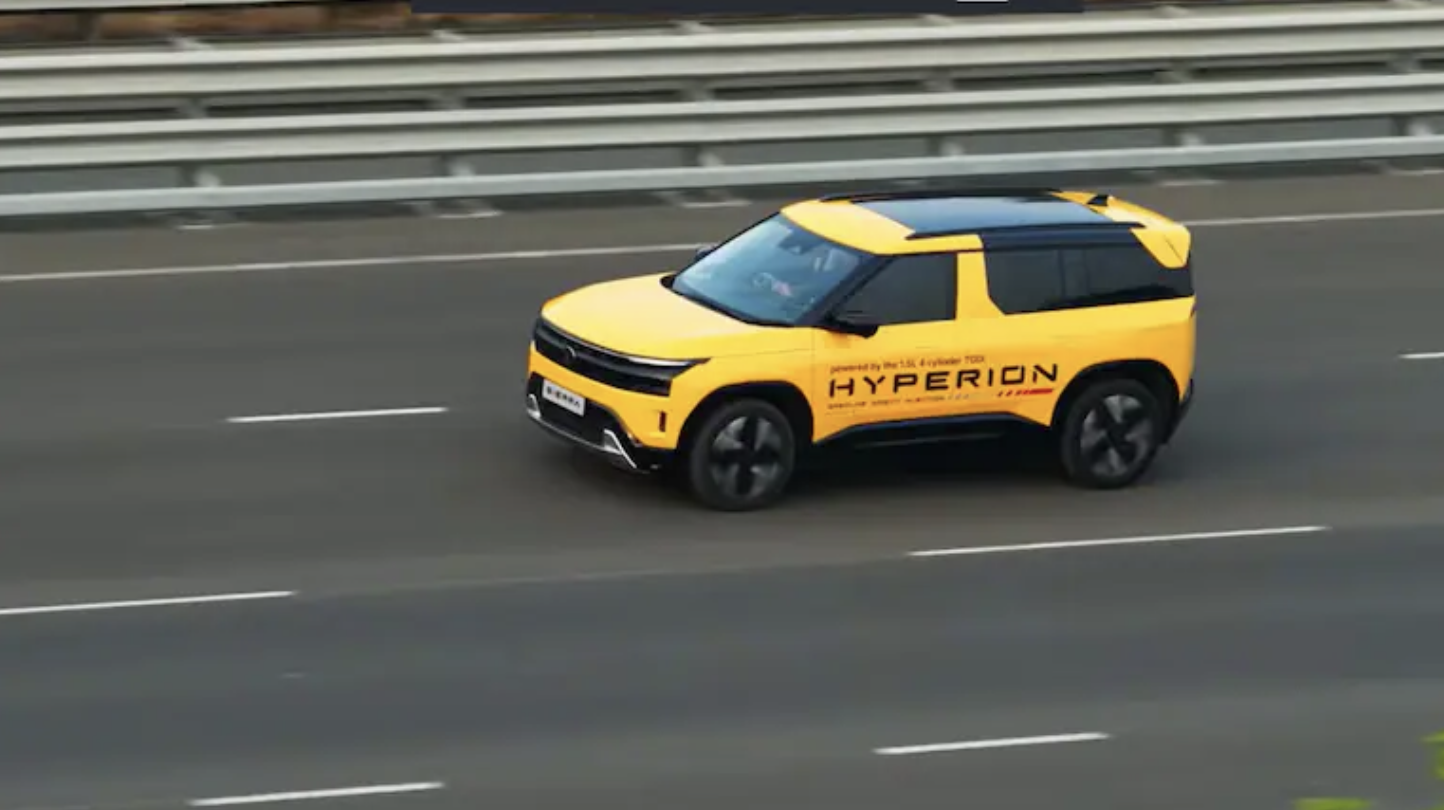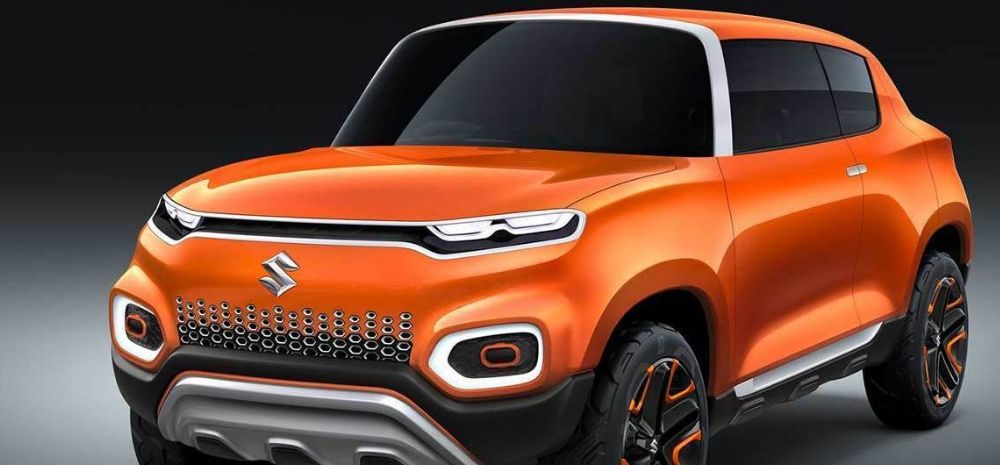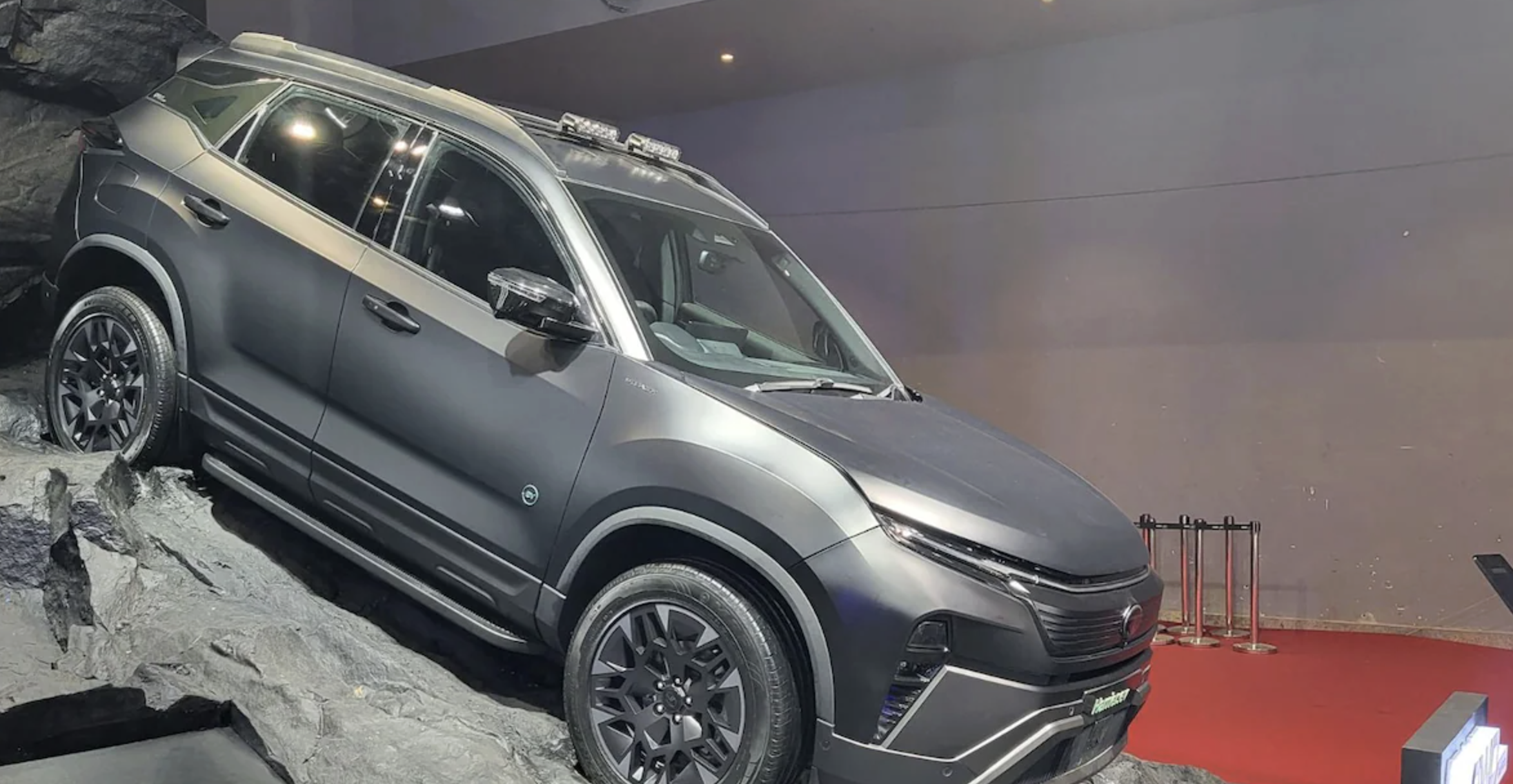Tata Motors’ Punch has taken the Indian automotive market by storm, becoming the top-selling car from January to July 2024. This achievement is significant as it dethrones Maruti Suzuki’s WagonR, a long-standing leader in the segment. Punch’s impressive sales figures underscore a shift in consumer preferences towards more versatile and fuel-efficient vehicles.

Micro SUV Appeal and Diverse Fuel Options
The Punch’s rise can be attributed to its unique positioning as a micro SUV, offering SUV-like features at a more accessible price point. According to auto industry experts, this new category has resonated with price-sensitive customers who desire the robust features of an SUV without the hefty price tag. Additionally, the Punch’s multi-fuel approach, including electric and CNG variants, has broadened its appeal, catering to diverse consumer needs and addressing concerns about rising fuel costs.
Impact of Alternative Fuels on Sales
A significant portion of Punch’s success comes from its diversified fuel options. Nearly half of its top 5 sales come from electric and CNG variants, which have become increasingly popular among consumers. This trend reflects a broader shift in the market, with alternative fuels playing a crucial role in car sales. For example, CNG has significantly contributed to the sales of other models like Maruti Suzuki’s WagonR, Brezza, and Ertiga.
Challenges and Market Shifts
Despite its success, the Punch faced a challenge in July 2024 when it slipped to fourth place in sales rankings, with Hyundai Creta taking the top spot. This shift highlights the competitive nature of the Indian auto market and the evolving preferences of consumers. The success of the Punch’s dual-fuel strategy has not gone unnoticed by other manufacturers, leading to increased competition in the micro SUV segment.
Conclusion: A New Era in Indian Automotive Preferences
The rise of Tata Motors’ Punch signifies a new era in Indian automotive preferences, where consumers are increasingly leaning towards vehicles that offer versatility, fuel efficiency, and SUV-like features. As the market continues to evolve, manufacturers will likely continue to innovate, focusing on diverse fuel options and new vehicle categories to capture the ever-changing demands of Indian consumers.














